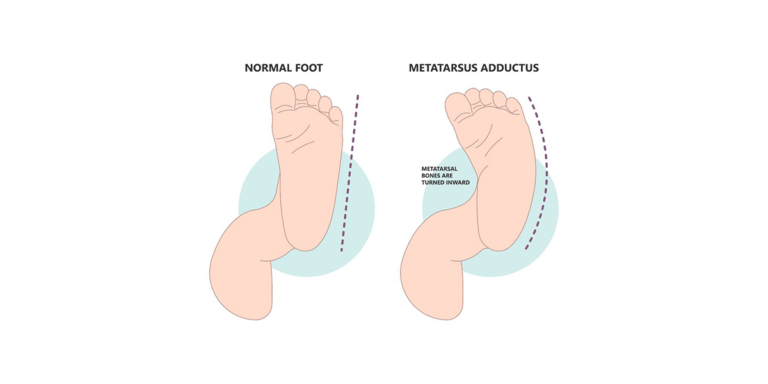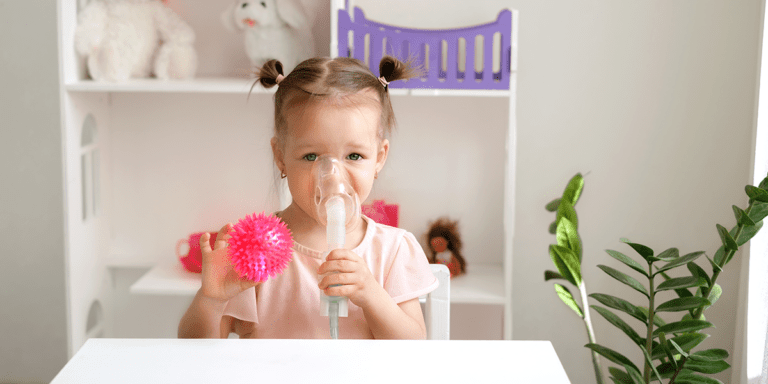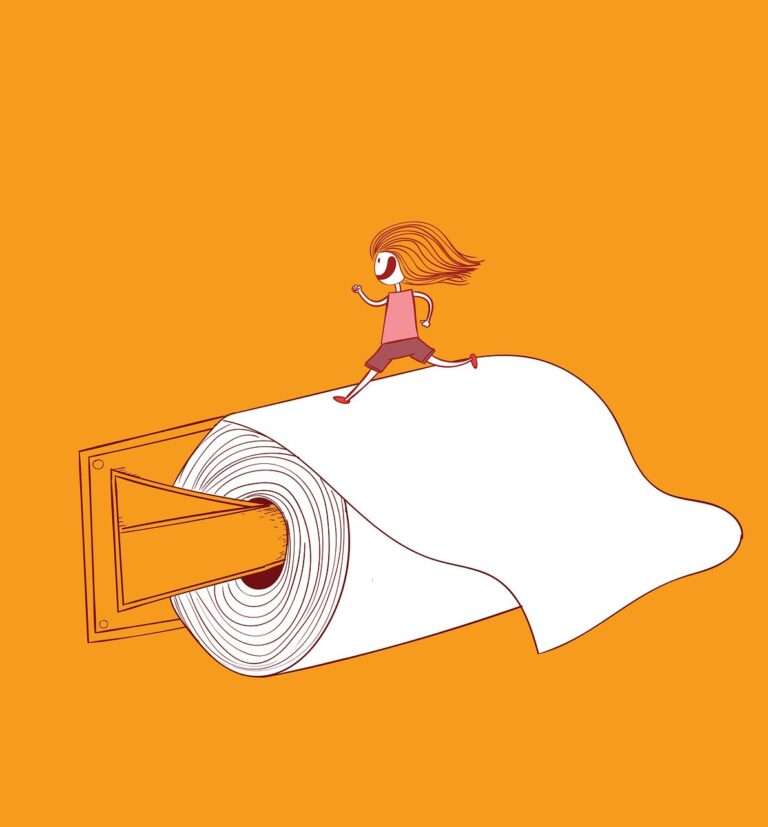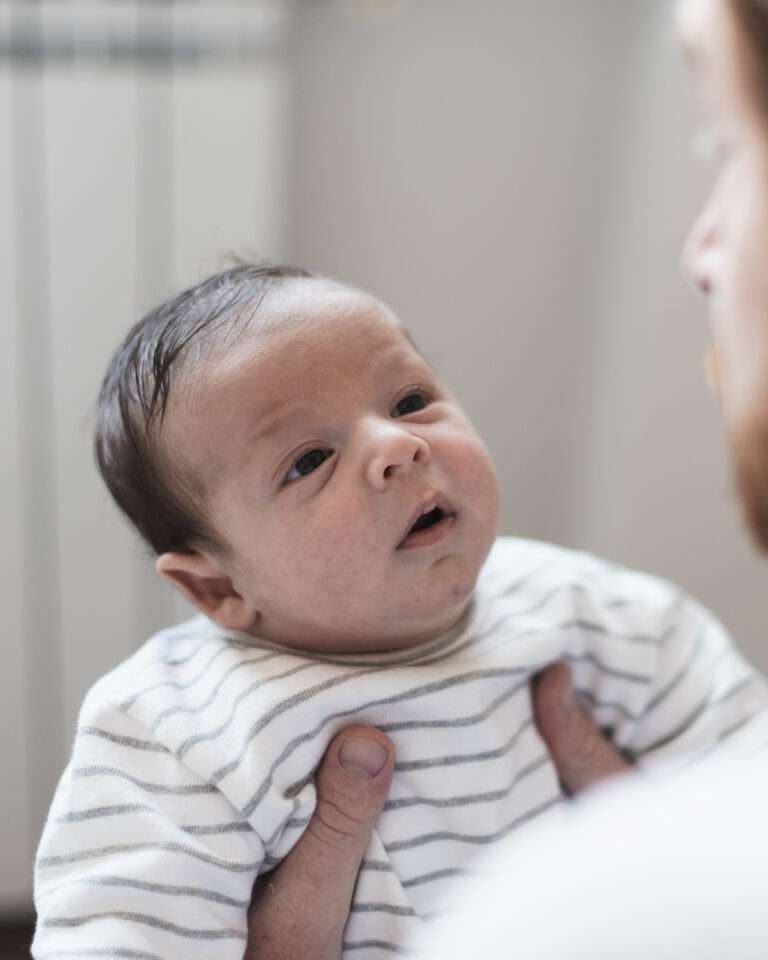What Causes Baby Clubfoot – Understanding the Condition
- Dr Maryum Sohail
- February 15, 2024
- 10:58 pm
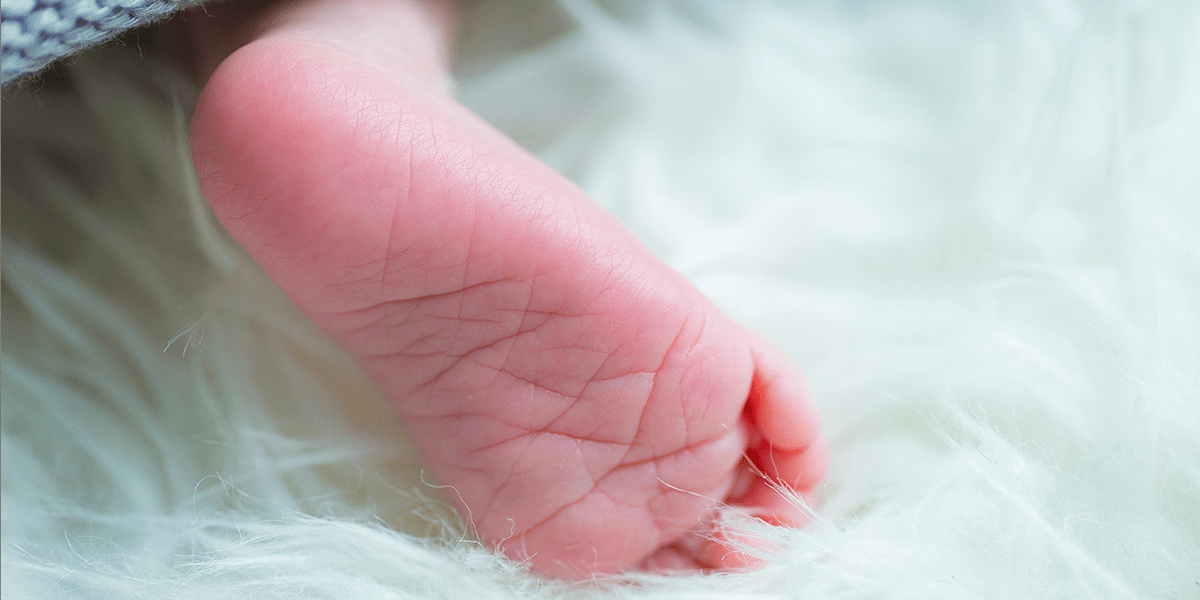
Parents of infants born with club feet may be reassured that their baby, if otherwise normal when treated by expert hands, will have normal-looking feet with normal function for all practical purposes.
The well-treated clubfoot has no handicap and is fully compatible with normal, active life
The Majority of club feet can be corrected in infancy in about six to eight weeks with proper manipulation and plaster castings. Here is everything you need to know about children with clubfoot.
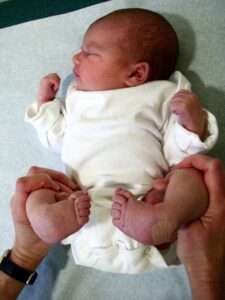
WHEN TO START TREATING CLUBFOOT:
The earlier the treatment is started, the better would be the results of manipulation, ideally the treatment should begin at 2 weeks of age to take advantage of the favorable elasticity of the tissues forming the ligaments, joint capsules, and tendons.
The clubfoot casting can be initiated even in older children but it would cause some technical difficulties in terms of keeping the child calm and cast tolerance by the child. As time passes by the deformity becomes stiffer and requires an increased number of casts for correction.
Also, Check: how flat foot affects the children
WHAT TO EXPECT DURING THE TREATMENT COURSE OF A TALIPES EQUINOVARUS FOOT:
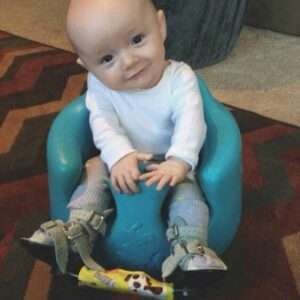
A plaster cast is applied after each weekly session of manipulating the tight structures. These stretches and manipulations are very important to retain and elongate the otherwise tight ligaments. In addition, they also help to retain the degree of correction obtained and to soften the ligaments, thereby bringing the foot into correct alignment.
In the event of a delay in the start of treatment due to other medical conditions or a delayed presentation, treatment can also be successful.
Around 5-7 casts extending from the toes to the upper thigh with the knees at the right angle should be sufficient to correct the club foot deformity. Even very stiff feet require no more than 8-9 casts for maximum correction.
Before applying the last cast, which is to be worn for around 2 weeks, the heel cord is often completely released in a small surgery, most of the time done under sedation or local anesthesia in outpatient clinic settings, to get the final correction. By the time the cast is removed, the tendon has regenerated to a proper length.
Also, check: pain relief for children
WHAT HAPPENS AFTER THE CHILD COMPLETES THE CASTING PHASE:
After casting, bracing is crucial to maintain the correction and prevent relapse of the clubfoot deformity.
Upon removal of the last plaster cast, an abduction orthotic splint is to be worn full-time for the first 2-3 months, followed by night time application up till the age of 5 years.
This brace consists of a bar, the length of which has to match the shoulder blades of the child with shoes attached to each end.
In case, the child’s feet were involved, the bar is kept at 60 degrees of abduction, meaning the shoes are angulated at the end of the bar to 60 degrees towards the outer side., it is very important to make sure the correct positioning of the feet within the splint to decrease the chances of losing the correction and avoid recurrence.
The baby might feel uncomfortable at first when trying to kick his legs alternatively, but soon the baby learns to kick his legs simultaneously, becoming quite comfortable with the brace. In children where the affliction of club foot affects only 1 foot, the shoe for the normal foot is fixed at 40 degrees pointing outward, and the affected foot is kept similarly at 70 degrees pointing outside. During the daytime, the children can wear normal shoes.
To conclude, club foot is a completely treatable condition with end results enabling the child to use their feet as efficiently as any other child without club foot. Poor results of cast and manipulation of club foot indicate that the techniques used were flawed and would further compound the clubfoot deformity rather than correct it making the treatment difficult or impossible.
Surgeons with limited experience in the treatment of club feet should not attempt to correct the deformity, they may succeed in correcting the milder clubfoot but the severe cases require experienced hands.
Dr Maryum Sohail
Subscribe to Dr Owais YouTube channel
For parenting advice, child health, symptoms, causes and treatment of illness in children.

